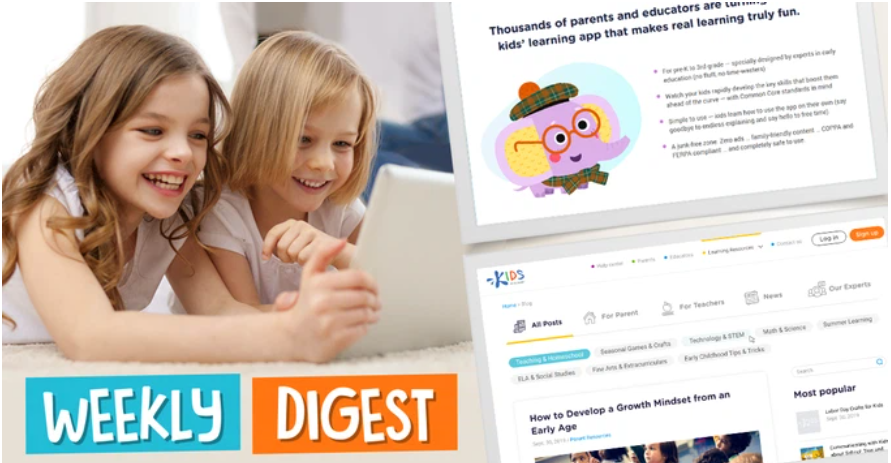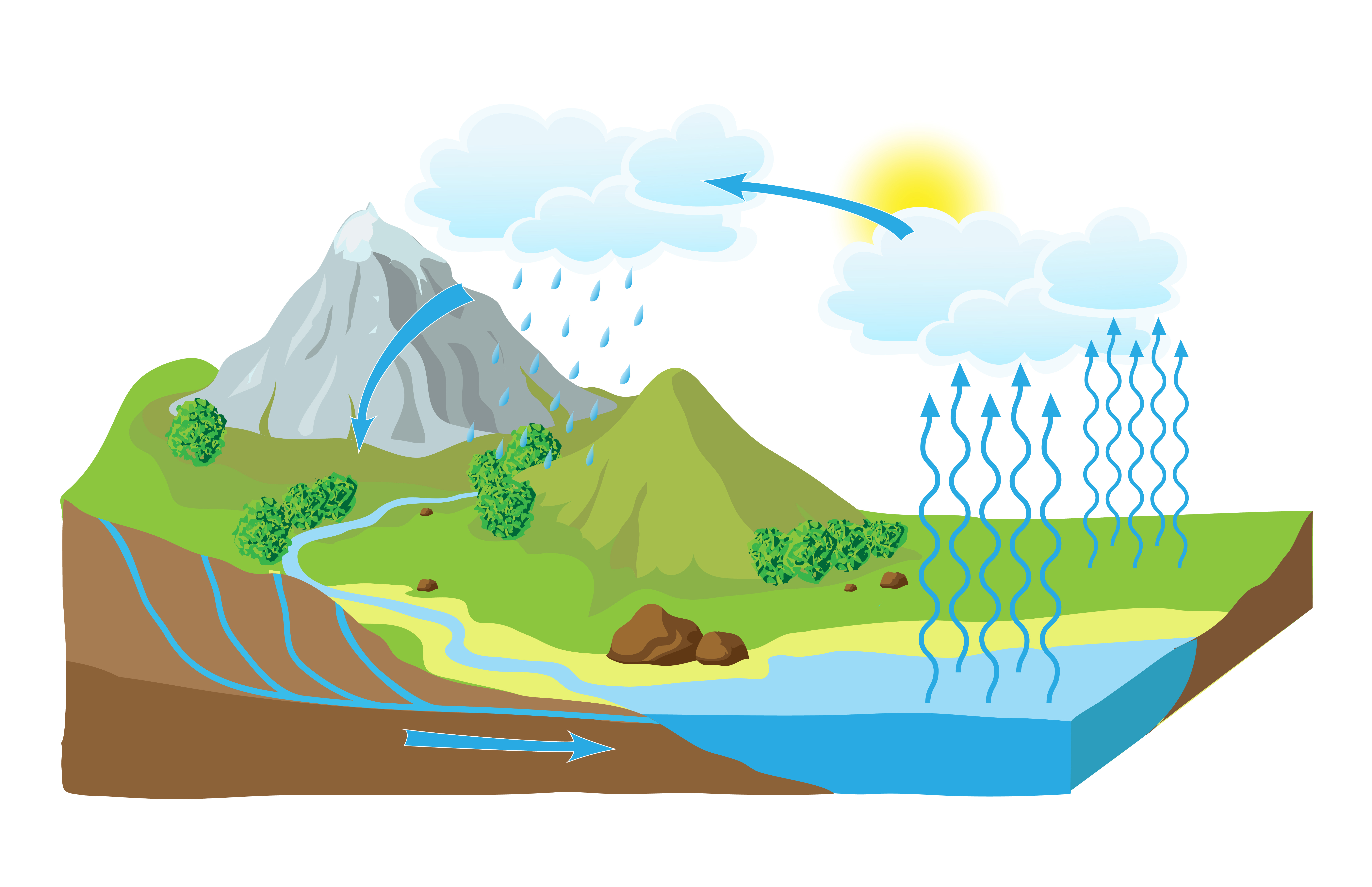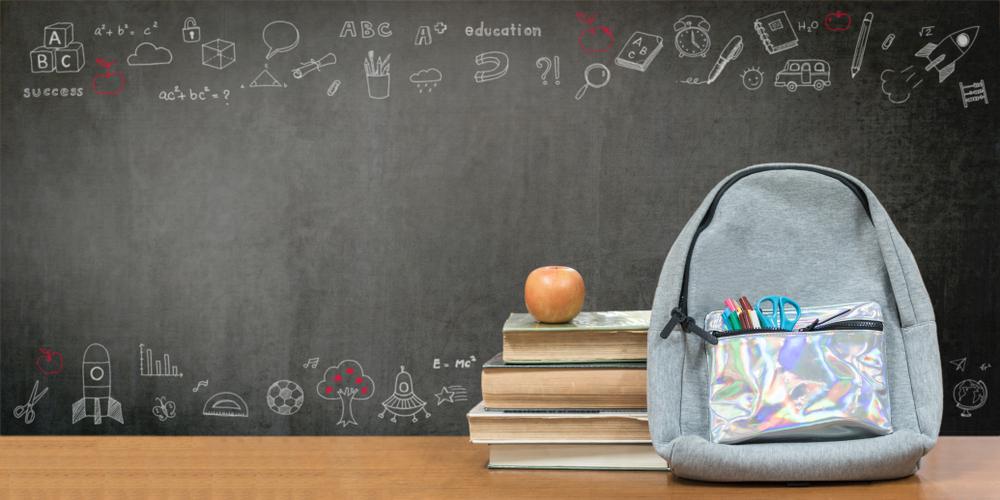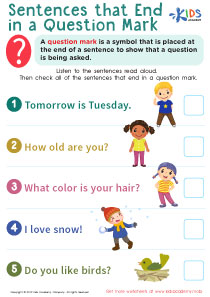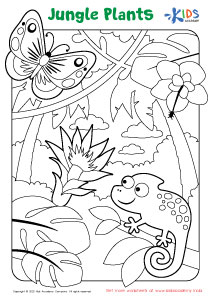K.Interdependent Relationships in Ecosystems: Animals, Plants, and Their Environment
29 filtered results
-
From - To
Discover the fascinating world of interdependent relationships in ecosystems with our engaging resources tailored for kindergarteners! This page explores how animals, plants, and their environment work together to create a balanced ecosystem. Students will learn how different species rely on one another for food, shelter, and survival while understanding the importance of their habitats. Our interactive activities and printable worksheets provide hands-on learning experiences, helping young learners grasp essential science concepts. By examining real-life examples, children will develop a deeper appreciation for the natural world and the connections that sustain life. Explore and inspire stewardship for our planet today!
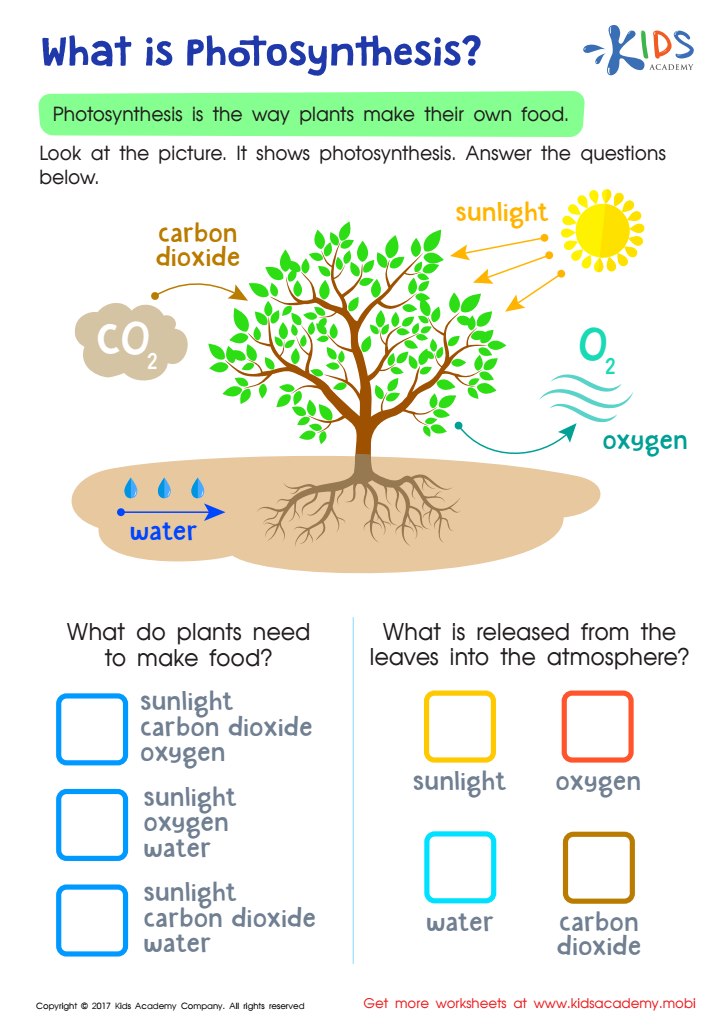

What is Photosynthesis Printable
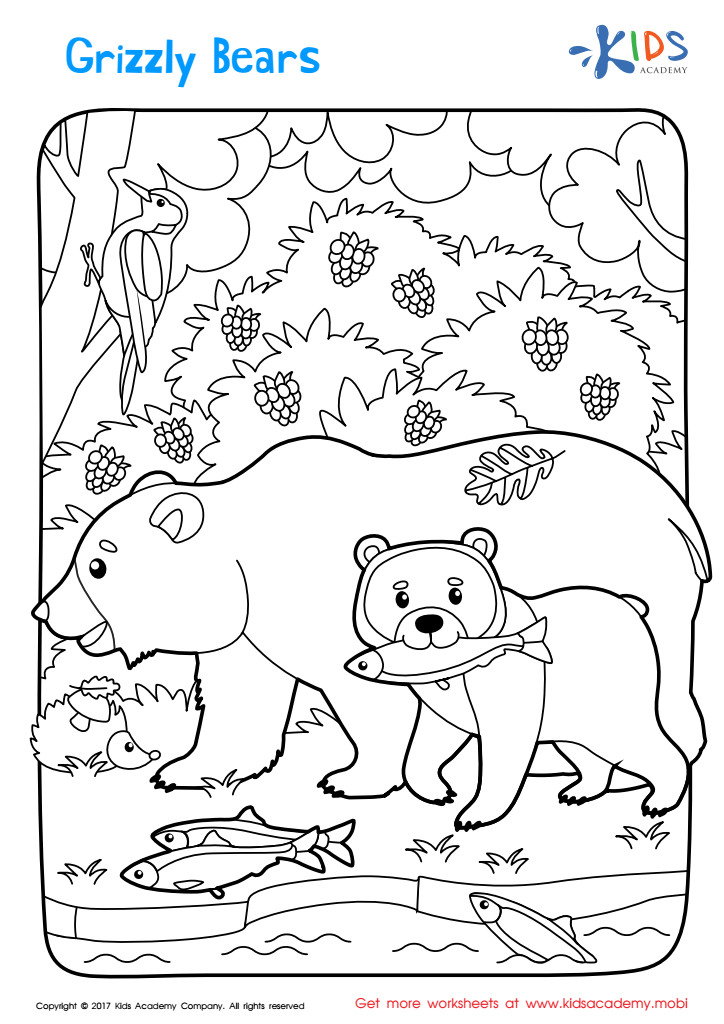

Free Printable Grizzly Bear Coloring Page
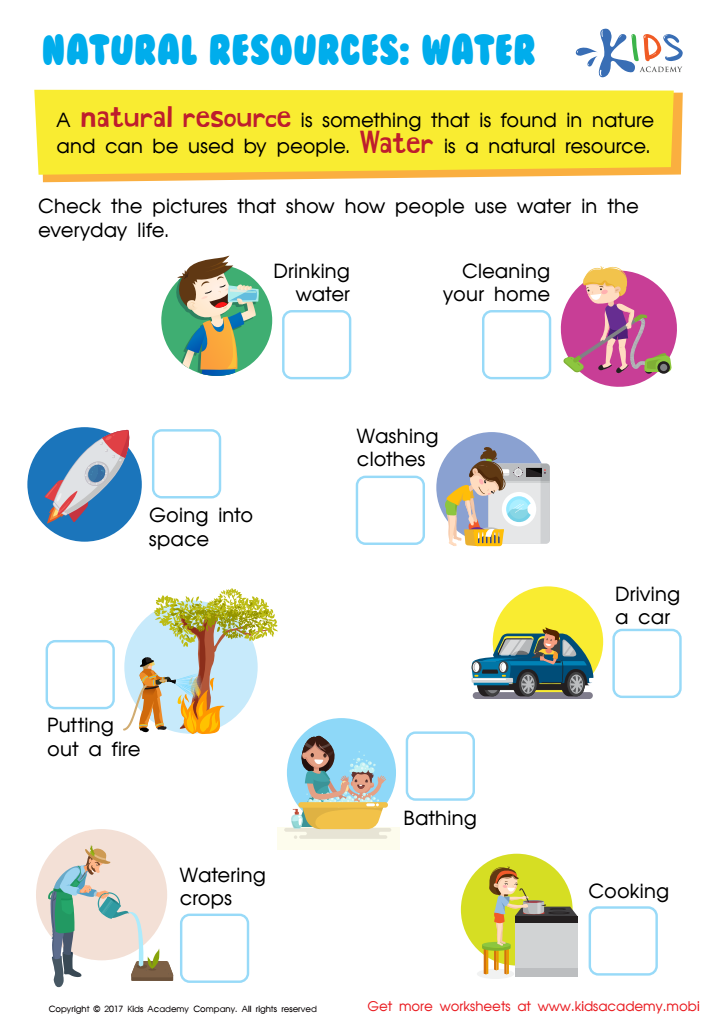

Natural Resources: Water Worksheet
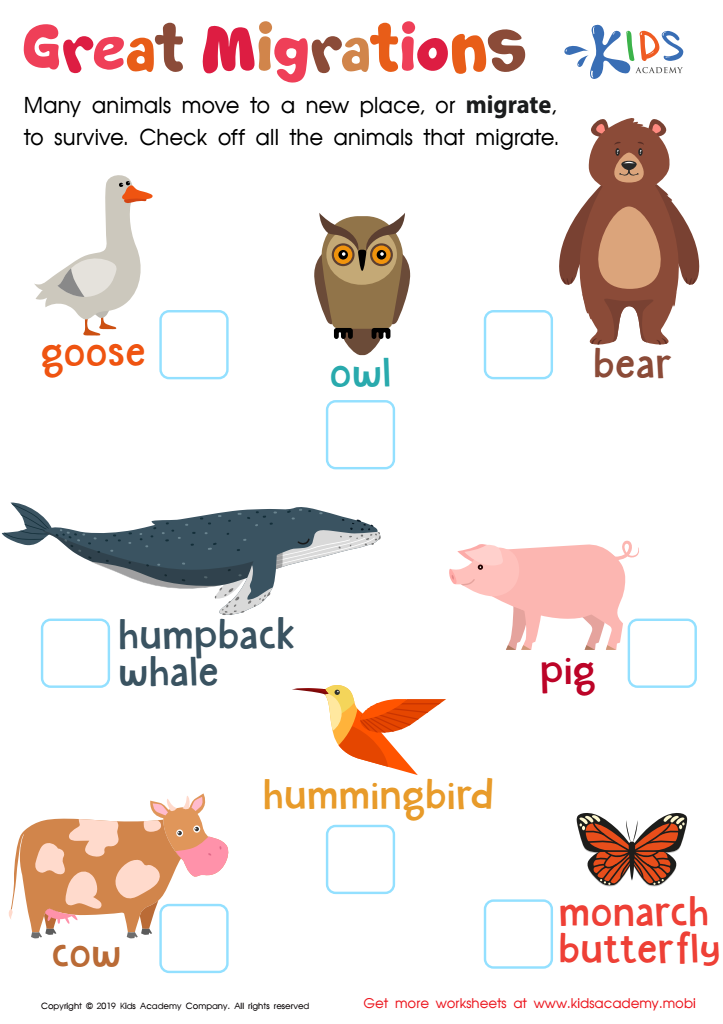

Great Migrations Worksheet


Recycle Sort Worksheet
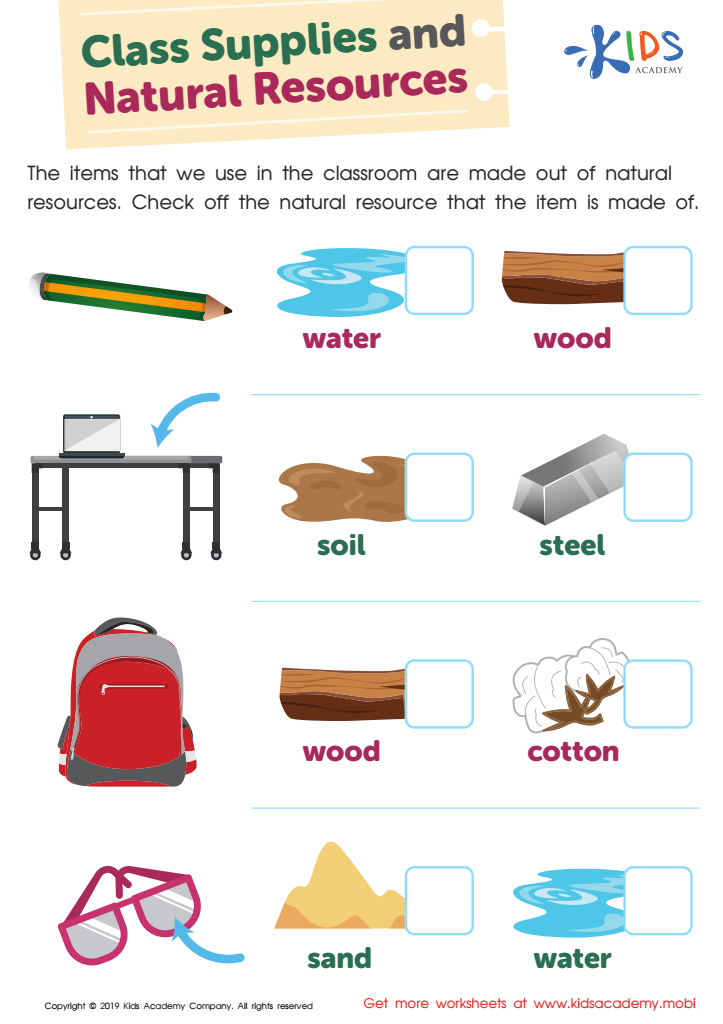

Class Supplies and Natural Resources Worksheet
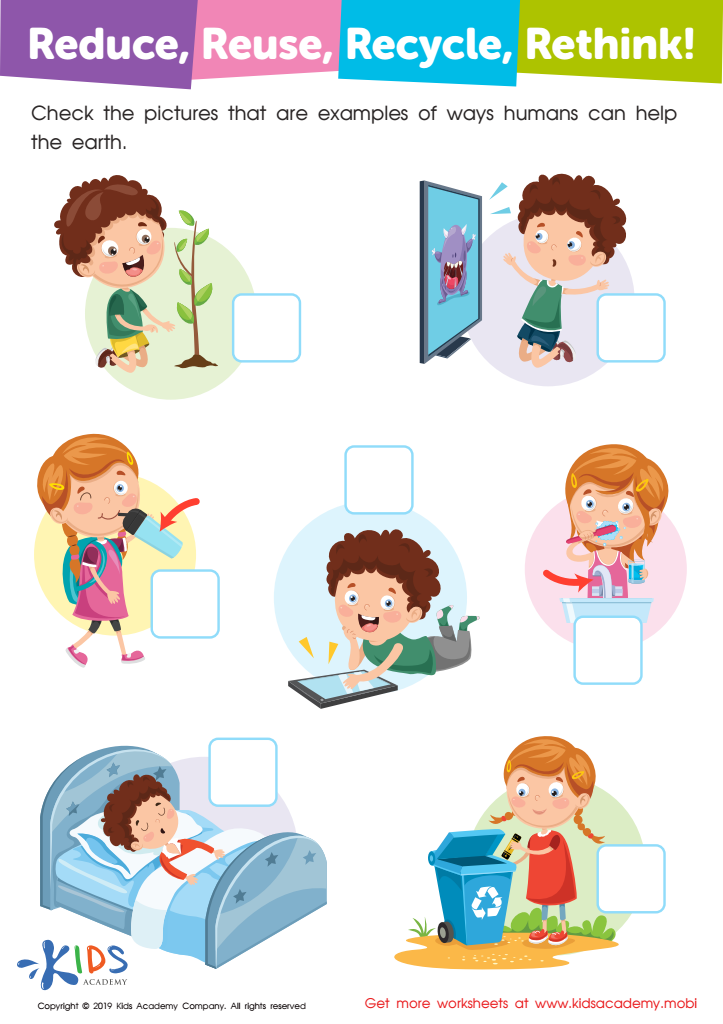

Reduce, Reuse, Recycle, Rethink Worksheet
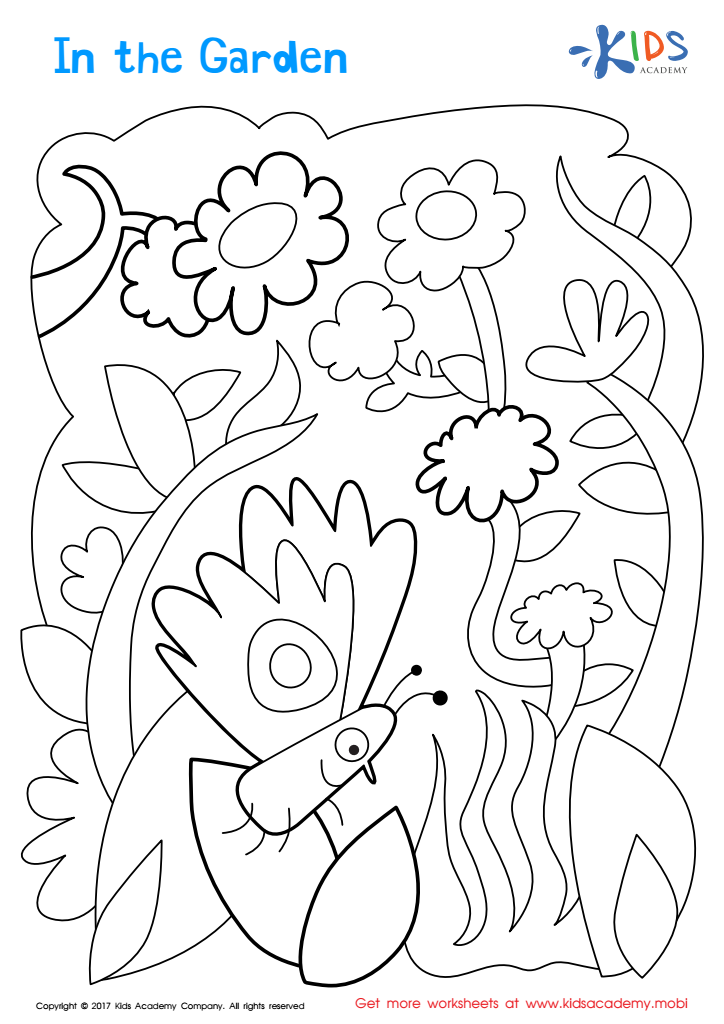

In The Garden Coloring Page
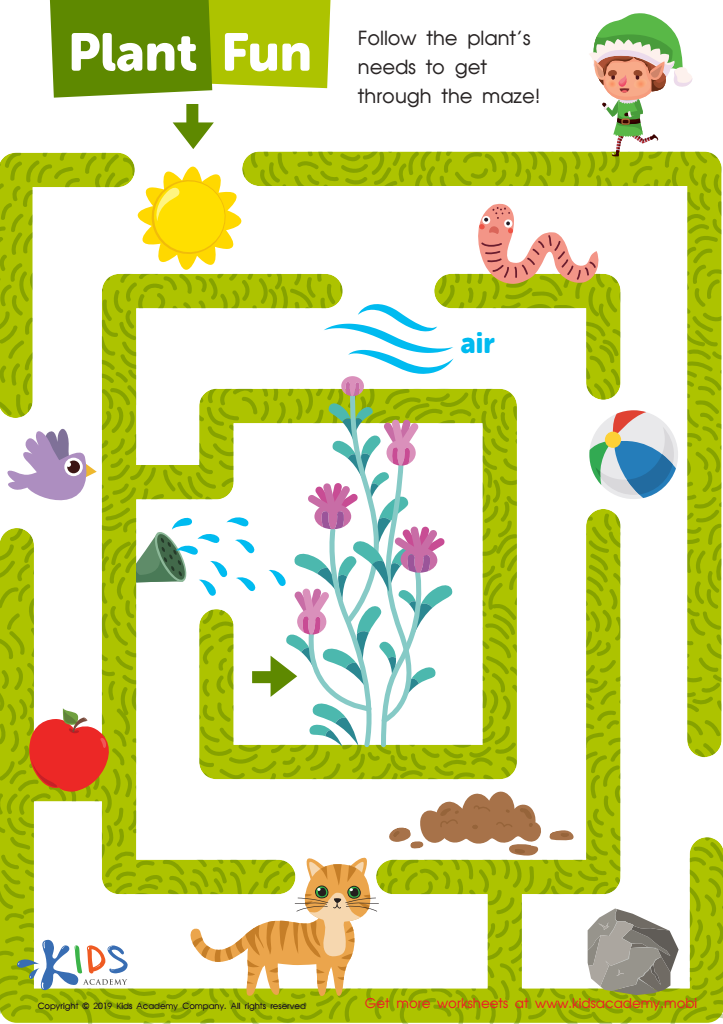

Plant Fun Worksheet
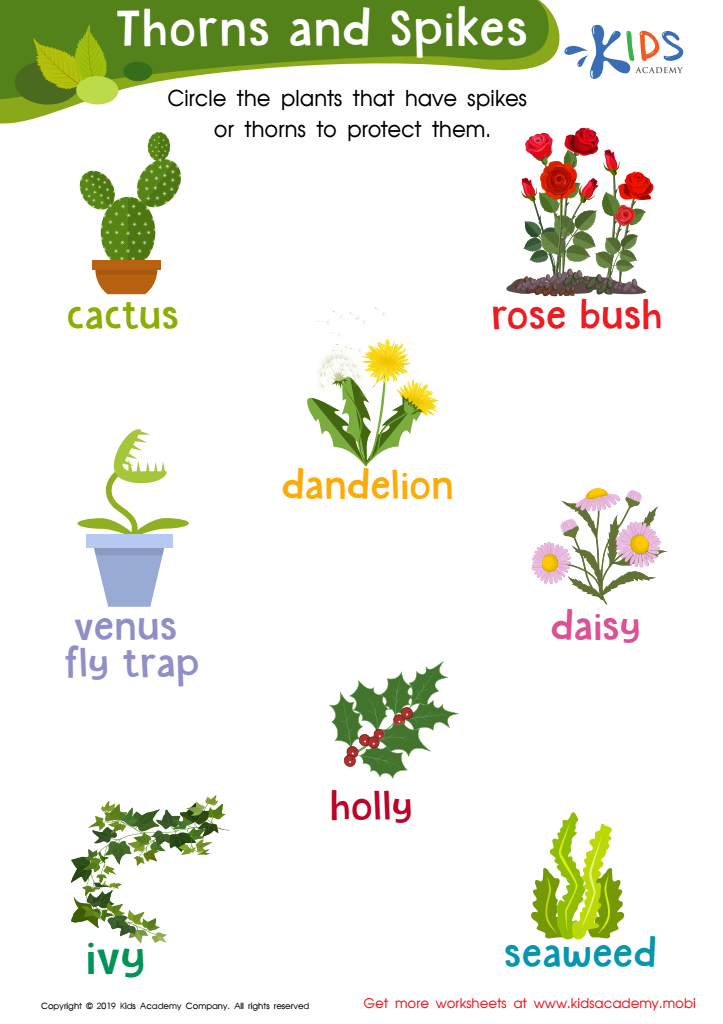

Thorns and Spikes Worksheet
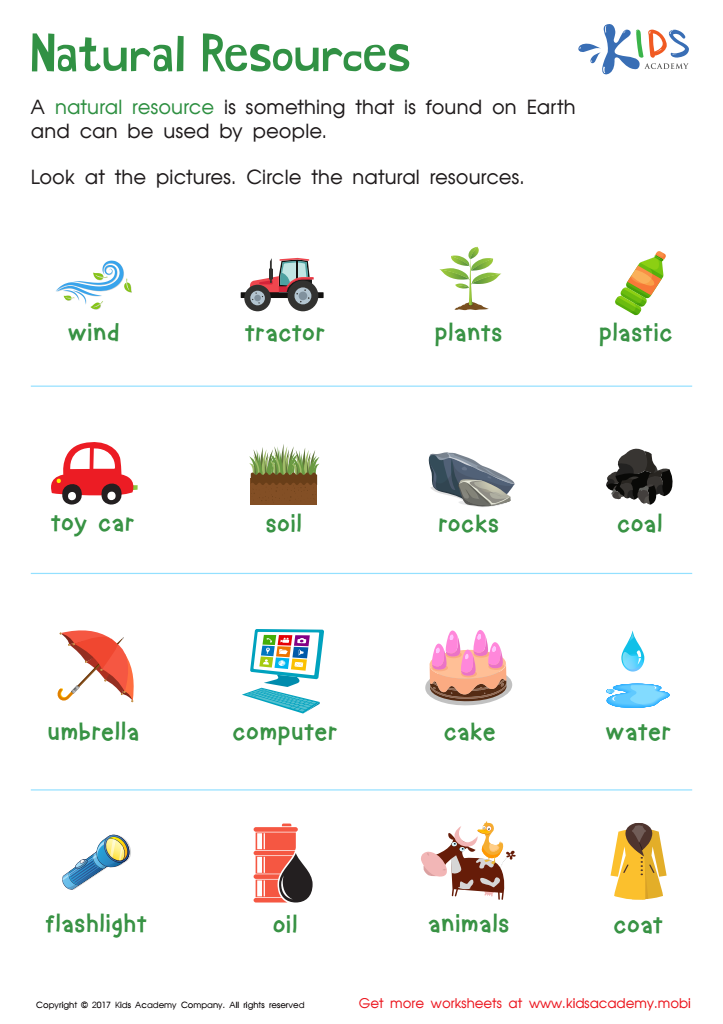

Natural Resources Worksheet
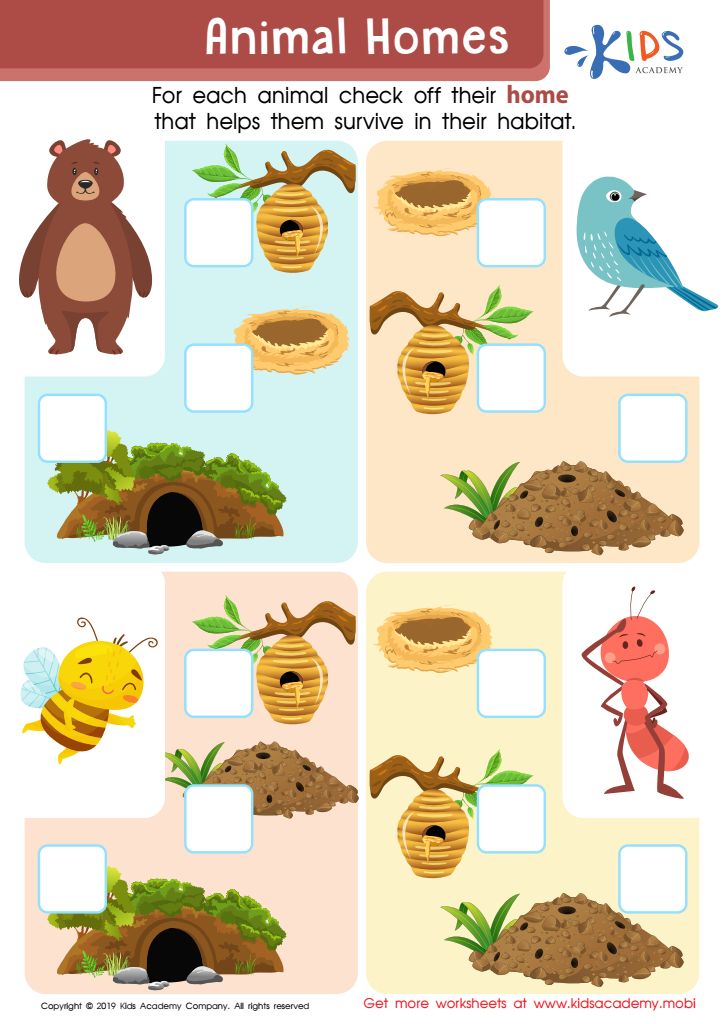

Animal Homes Worksheet
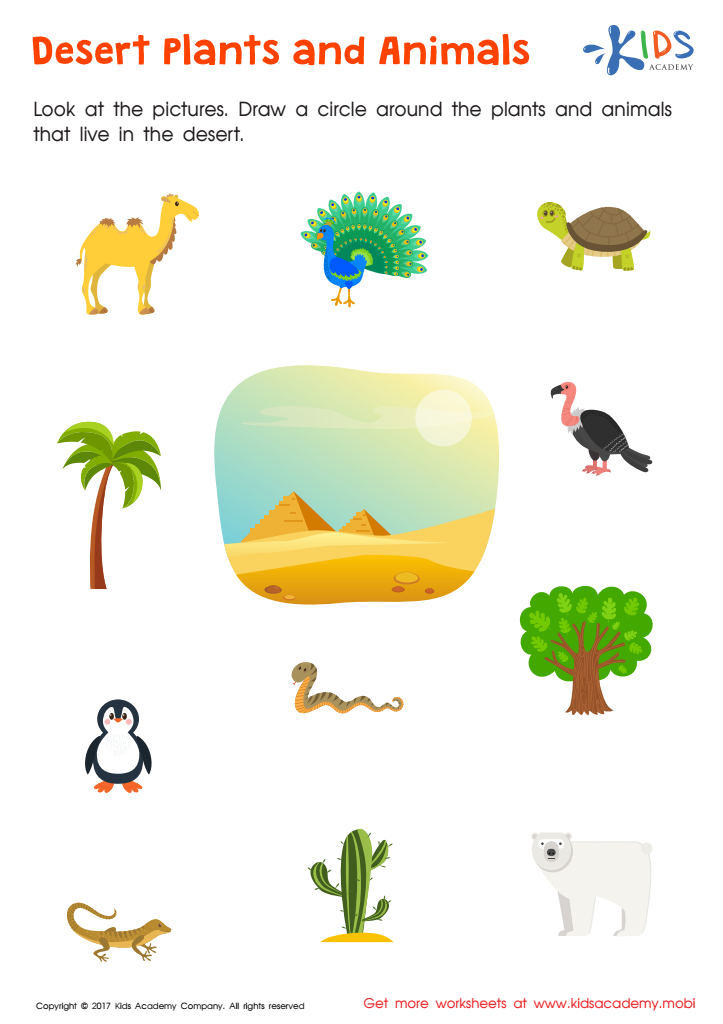

Desert Plants Animals Printable
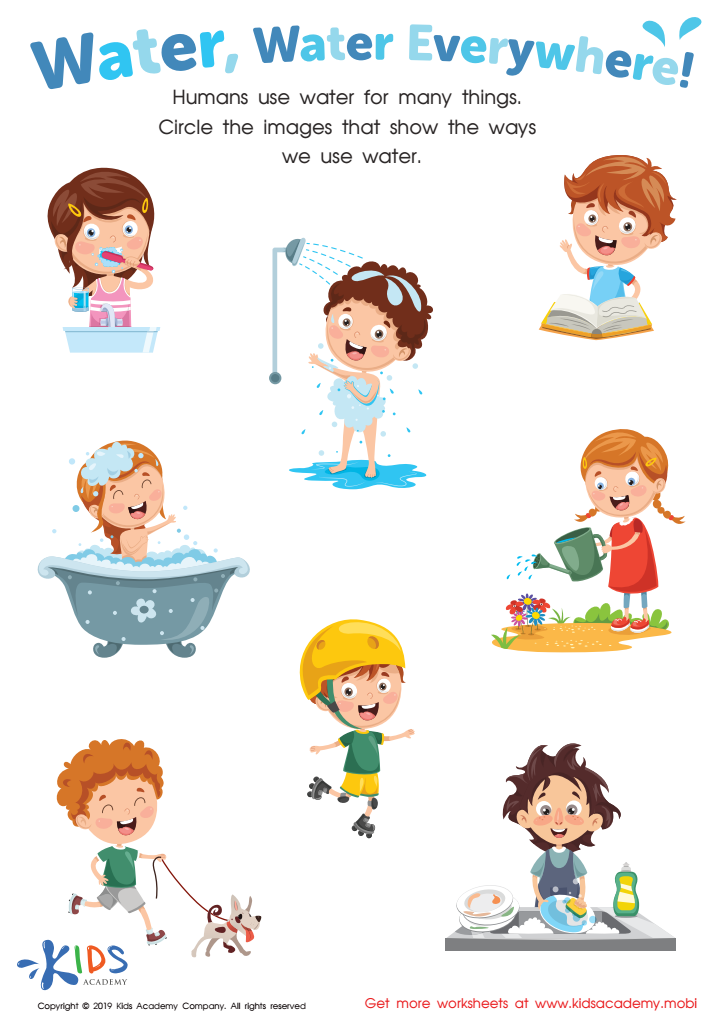

Water, Water Everywhere! Worksheet
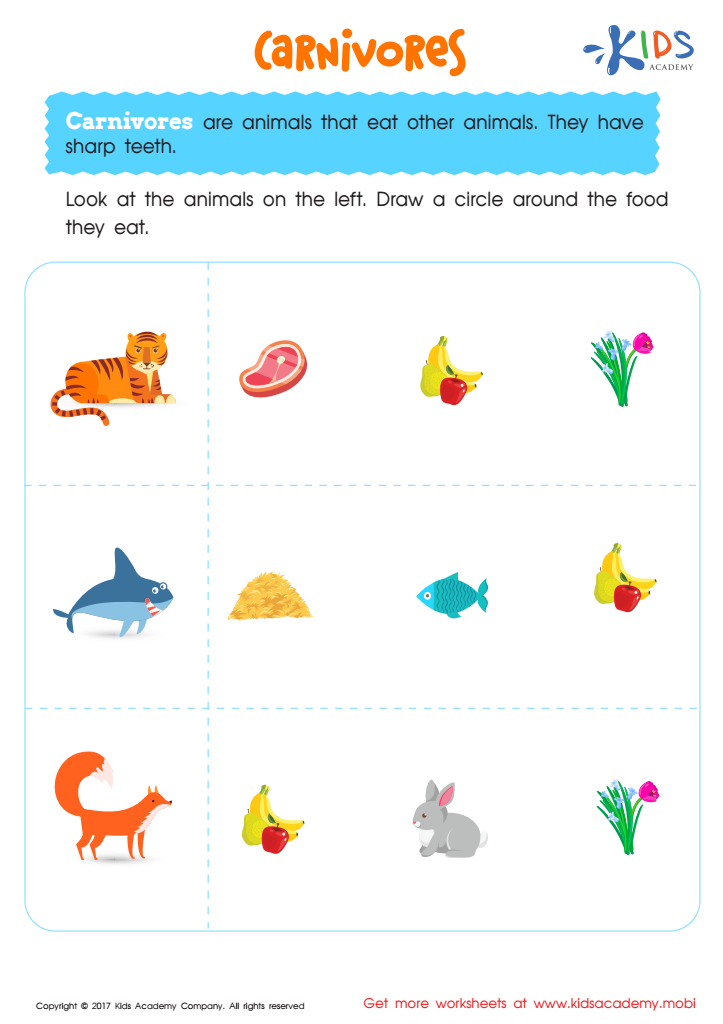

Carnivores Worksheet
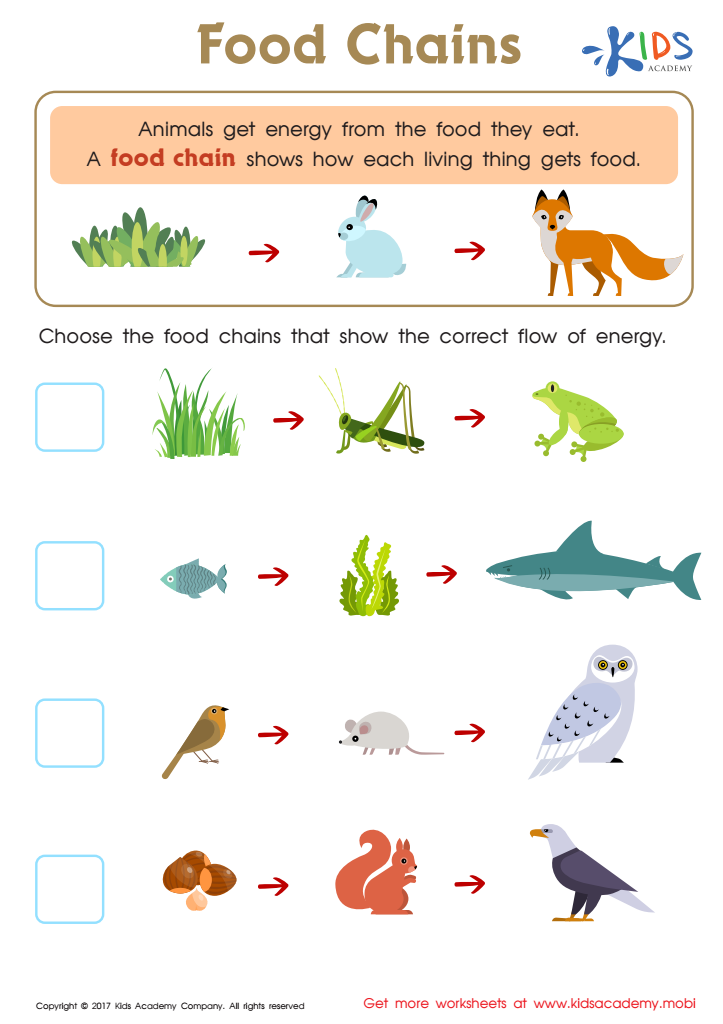

Food Webs and Food Chains Worksheet
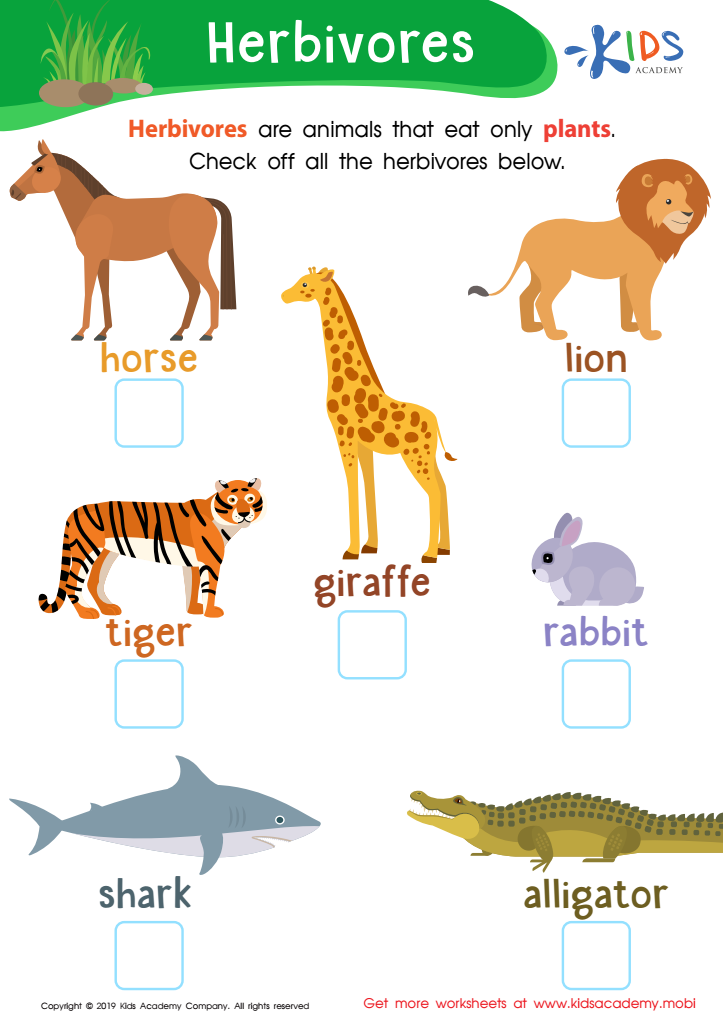

Herbivores Worksheet
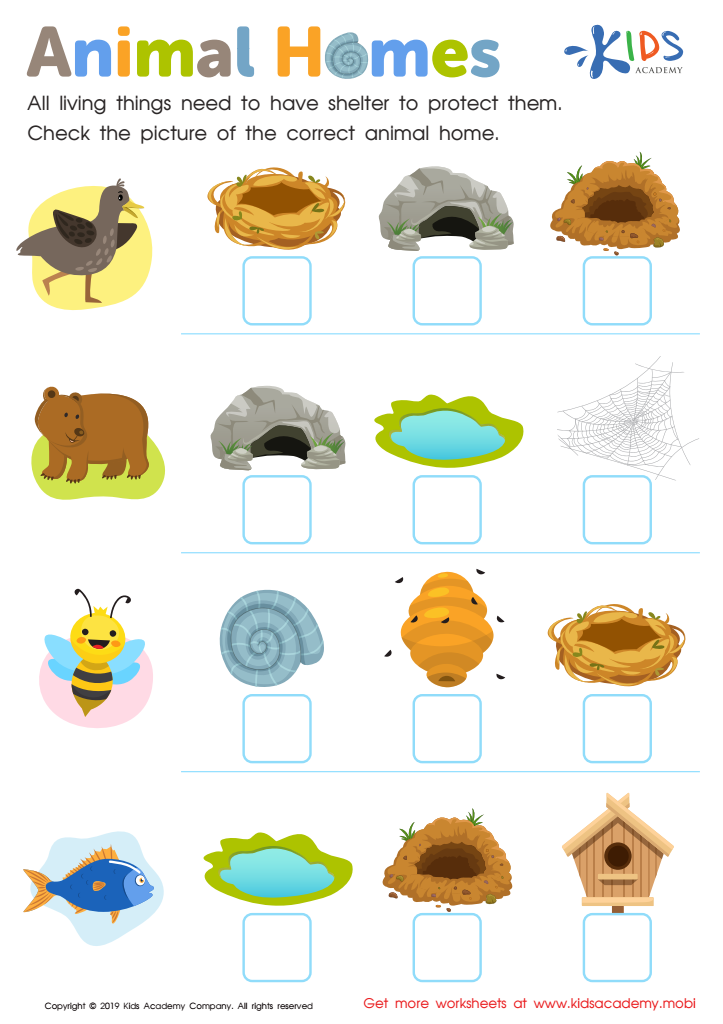

Animal Homes Worksheet
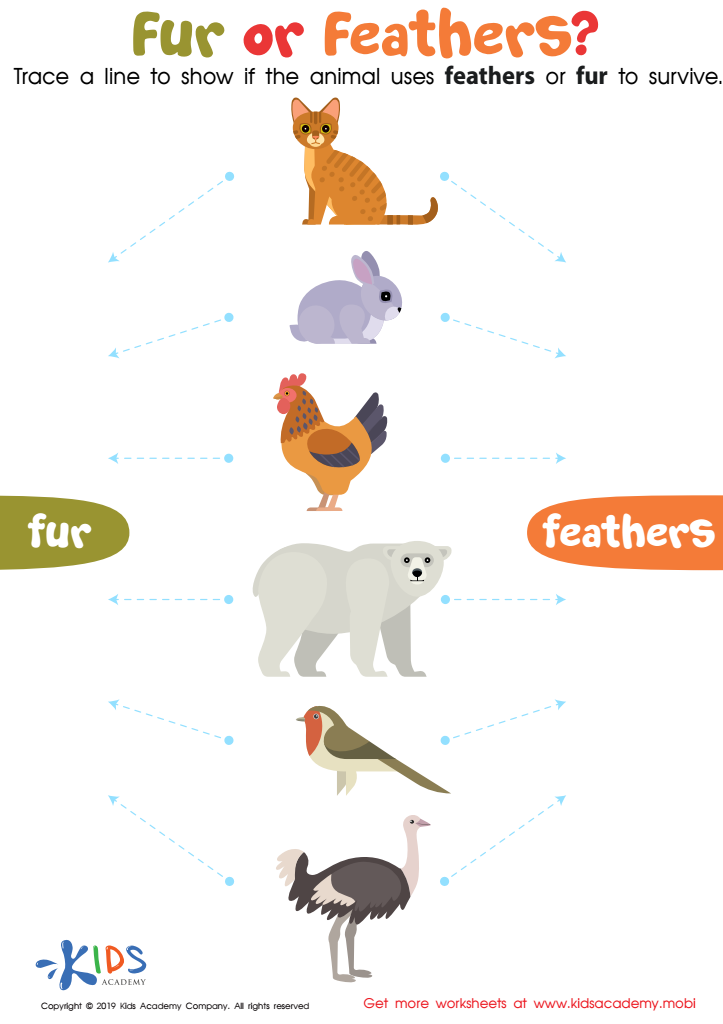

Fur or Feathers? Worksheet
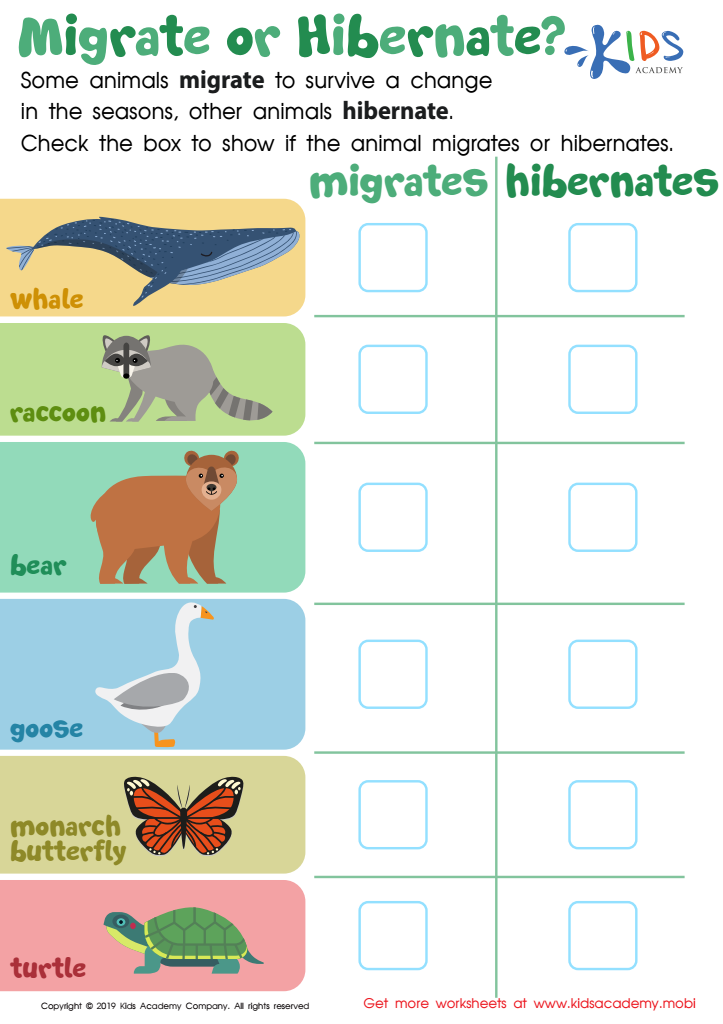

Migrate or Hibernate? Worksheet
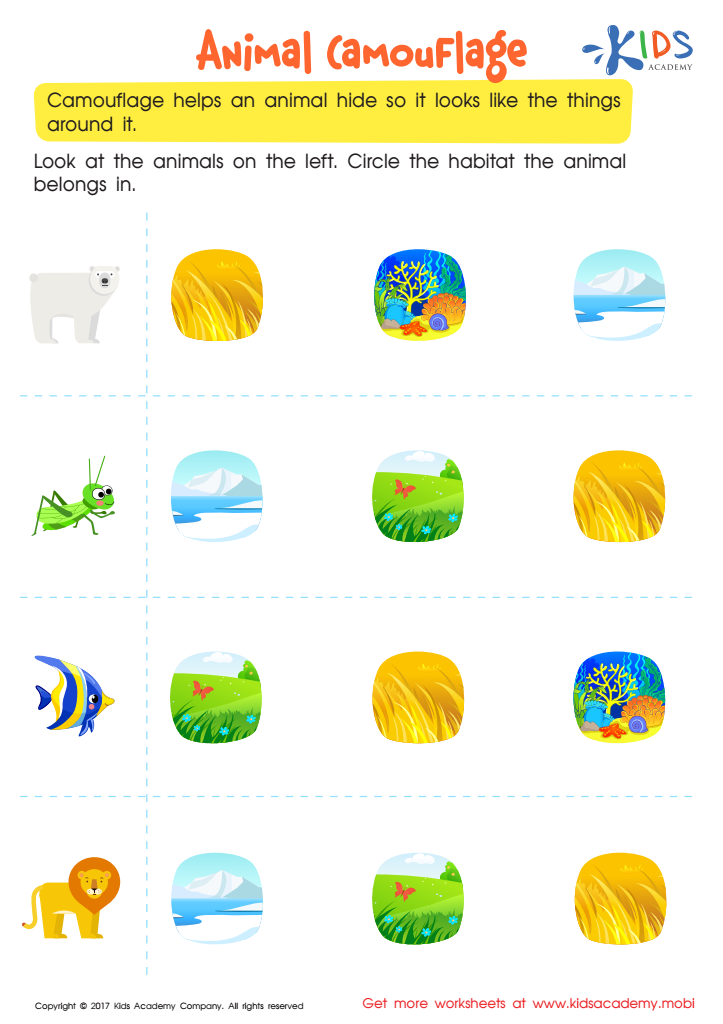

Animal Camouflage Worksheet
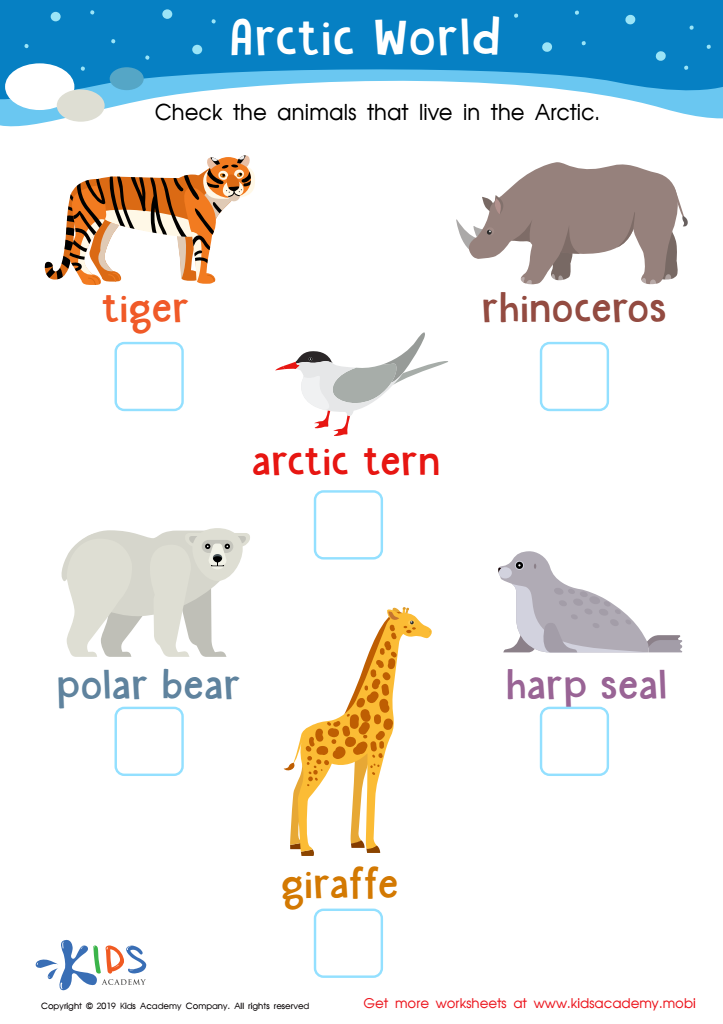

Arctic World Worksheet
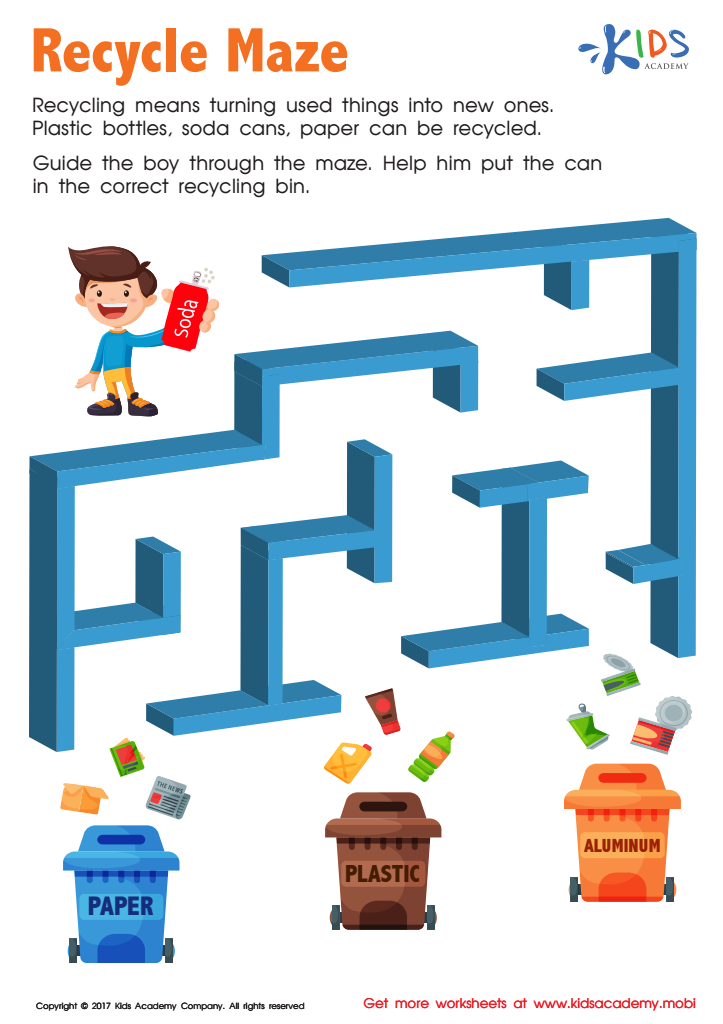

Recycle Maze Worksheet


What Do Plants Need to Grow Worksheet
Understanding interdependent relationships in ecosystems is crucial for parents and teachers because it lays the foundation for environmental stewardship and scientific literacy among young learners. Ecosystems comprise various organisms, including animals and plants, that engage in complex interactions, such as food chains, mutualism, and competition. By grasping these concepts, children develop an appreciation for nature's balance and the importance of each component within it.
Moreover, fostering an understanding of interdependence teaches students empathy and responsibility. They learn how their actions, such as recycling or conserving energy, can positively impact their local ecosystem. This awareness will encourage a sense of stewardship towards the environment, essential in combating pressing issues like climate change and biodiversity loss.
Additionally, exposing children to ecological relationships cultivates critical thinking and problem-solving skills. As they observe and engage with their surroundings, they become curious explorers, asking questions and seeking solutions for real-world environmental challenges.
Lastly, understanding these relationships aligns with educational standards, enhancing science curricula and engaging students in hands-on learning experiences. Ultimately, educators and parents play a vital role in guiding children toward becoming informed, compassionate custodians of the planet, ensuring a healthier future for generations to come.
 Assign to My Students
Assign to My Students


